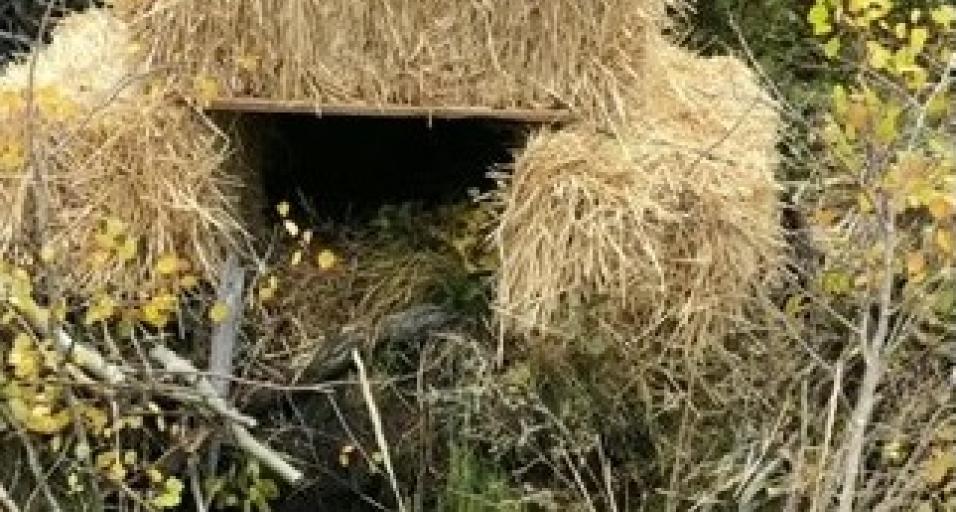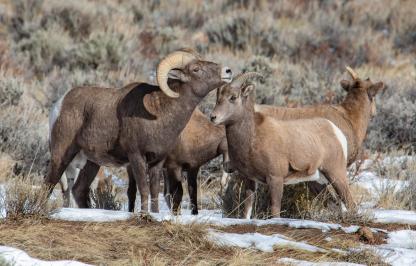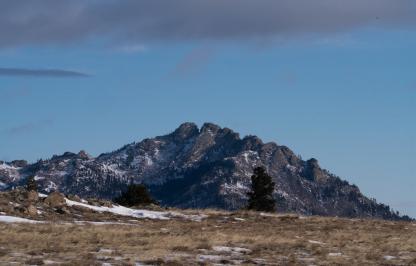This fall the Wyoming Game and Fish Department relocated a family of beavers that were building dams in a ditch and posing a risk of flooding a campground near Lander.
Fall is the best time to live trap and relocate beaver because the young kits are old enough to move around and enter traps, and the family is more likely to stay where they are released as they feel the need to quickly prepare for winter. It is important to trap and relocate as many family members as possible because beavers are very social animals If they are separated they tend to leave the release location and head out in search of their family members.
These recently relocated beavers will be busy this month building their lodge and storing supplies for winter. Beaver activity normally increases in the fall as the animals prepare for winter by cutting down trees to repair dams and to store as food. Dams create ponds that protect them from predators and help them store food. When the water finally freezes over, beavers make a food cache by pushing branches into the mud underwater. During the winter, they swim out from their underwater lodge entrance and bring the trees back to the lodge where they eat the buds, twigs, and bark. They also store fat in their tails that they can use for energy during the winter.
This particular family of beavers was moved to a stream in the headwaters of the Popo Agie River watershed where old beaver dams exist and plenty of willows and aspen are available for food and dam building. Beavers are vulnerable to predation until they have built dams and a lodge. To increase their chance of relocation success, Game and Fish biologists provided them with a straw bale temporary lodge and cuttings of willow and aspen in the stream.
As beavers build dams for their own survival, the ponds and channels they create have many positive effects on their environment. The ponds provide important wetland habitat for birds, deer, moose, and amphibians and also increase habitat diversity for trout, such as overwintering pools. Additionally, the ponds recharge groundwater, filter sediment, and excess nutrients out of the water, and improve streamside vegetation. That is why beavers are often called “ecosystem engineers.”



